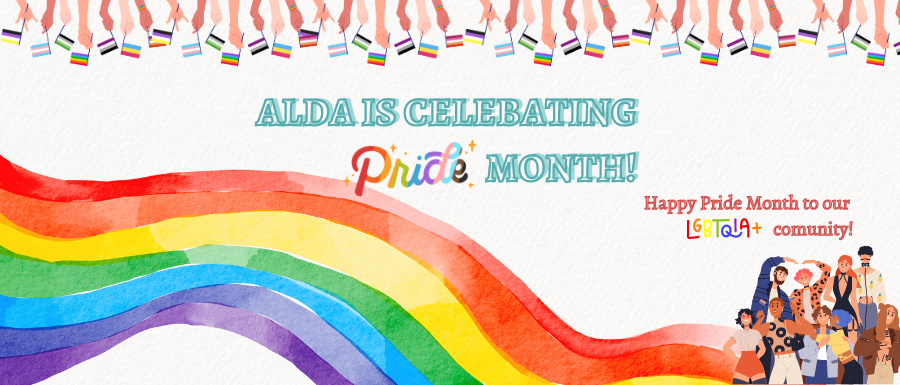Do we still need to celebrate Pride Month?
Yes, we do! We do because although the rights of people who are part of the LGBTQIA+ community have increased since the beginning of the new millennium, we still cannot talk about complete equality.
Furthermore, if we take a quick look at the Rainbow Europe Map published annually by the ILGA Europe, we realize that in some European countries, such as Italy, the queer community is not even granted basic rights. In addition to being discriminated against legally speaking, this also affects their everyday life.
Articles of aggression against people in the community are daily occurrences, but even worse than aggression is the fear of coming out. Fear is triggered because of the few legal protections and as a result, many people in the community are unable to live their gender identity and sexual orientation openly, like cisgender and heterosexual people.
Inclusiveness and non-discrimination represent some of the core values underlying ALDA’s work and mission, also at the core of projects we develop and implement, such as STAND UP, or MOVING On.
Inclusiveness and non-discrimination represent some of the core values underlying ALDA’s work and mission
Although the Gay Movement started as a liberation movement for the white gay population, over the years it has attracted many other minorities and subgroups to it. Today it is more correct to talk about Pride than Gay Pride as it does not only represent the gay minority but different groups, such as all non-binary or asexual identities.
The Queer movement has also championed battles for the liberation of the body, both the black body and the fat body. Within pride, it is no longer only the gay identity that is celebrated, but the diversity and uniqueness hidden within each of us, coming from the intersectionality experienced by each of us. It is crucial to welcome and accept all identities and all representations of being, such as being part of the black and gay community or being a transgender person with a migratory background.
For this reason, the pride we want to celebrate is an intersectional pride, best represented by the new inclusive pride flag.
How to support LGBTQIA+ Community:
- Get informed about the LGBTQIA+ community through articles, news, podcasts and social media pages that support the movement.
- Understand your privilege condition as a cisgender and heterosexual person. Find out more about the Daily Effects of Cisgender Privilege in this recent study published by the Gender and Sexuality Center.
- Be an activist online and offline openly showing your support to the LGBQTIA+ campaign taking part in queer organizations, prides, fundraisings and so on.
- Get acquainted with being uncomfortable; You may make mistakes as you get to know the LGBTQIA+ community better. It’s not a problem, it’s perfectly fine.
Micro Glossary:
Cisgender: Indicates persons whose gender identity corresponds to their gender and biological sex at birth.
LGBTQIA+: The acronym for Lesbians, Gay, Bisexual, Transgender, Queer, Intersex, Asexual and +, every other person who feels represented by the community.
Gay Pride: It is a tradition dating back to June 1969 as a consequence of the Stonewall attacks. Since then, pride has been celebrated in June, to let the world know that yes the queer community exists and that each of its members does not have to apologize for being the way they are but rather is proud of its diversity.
Transgender: Indicates persons whose gender identity does not correspond to their gender and biological sex at birth. Nowadays it is preferred to use the acronym AMAB or AFAB which stands for Assigned Male At Birth and Assigned Female At Birth, Recognising non-conforming identities more inclusively.
